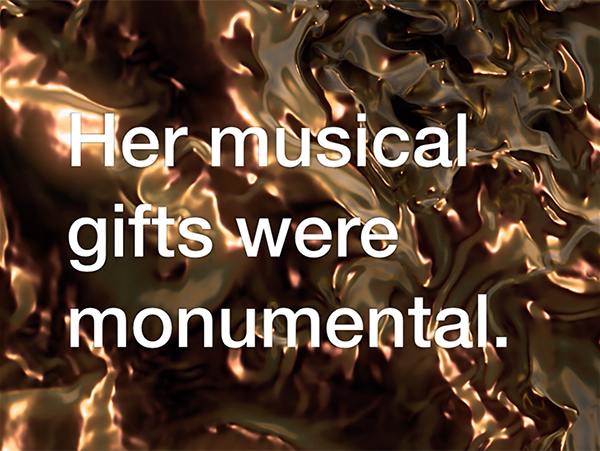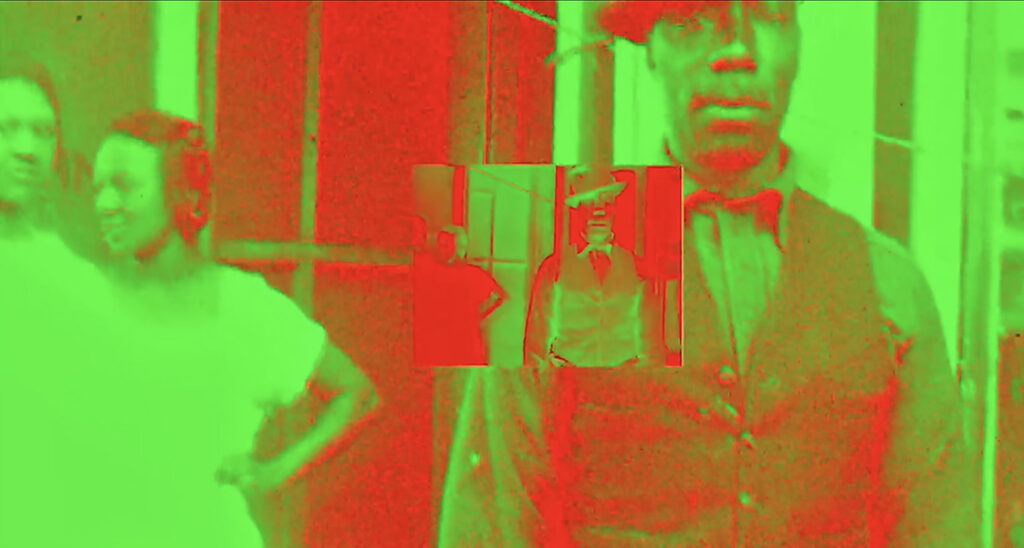What Is Media Art?
Media art includes artworks that explore the technologies and aesthetics of film and the emerging tools and practices in the realms of video, computers, virtual reality, the internet, software, and mobile devices.
Collection Highlights
MAG actively collects and exhibits media arts in our galleries and online. Some recent acquisitions include Giverny I (Négresse Impériale) (2017) by Ja’Tovia Gary, The Queen is Dead…Fragment 2 (2019) by Tony Cokes, Here you are before the trees (2020) by Sky Hopinka, and FLIGHT (2021) by Crystal Z Campbell.
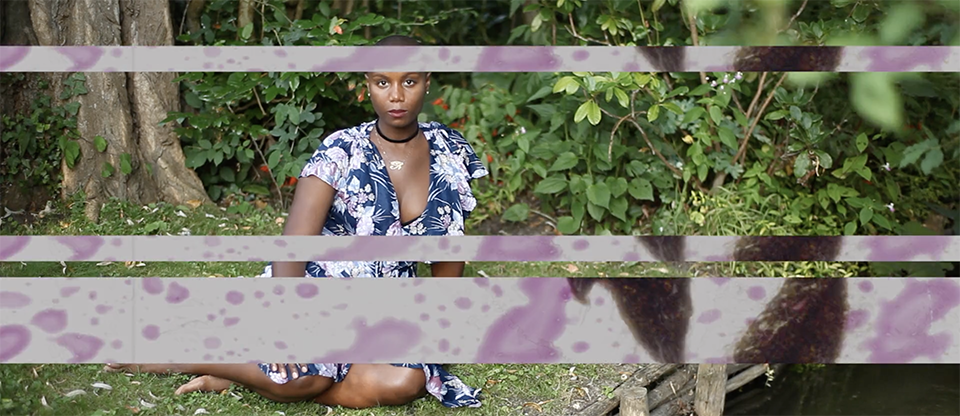
Media Arts Watch
“Media Arts Watch” was a three-year initiative that introduced the art of the moving image into the curatorial program and permanent collection of MAG. The initiative began in 2016 with the support of John G. Hanhardt. It included eight exhibitions, the acquisition of ten artworks, and two media art commissions as part of the “Reflections on Place” series.
“Reflections on Place” Series
“Reflections on Place” is a series of commissioned media art works curated by John G. Hanhardt, inspired by the history, politics, and culture of the City of Rochester, New York.
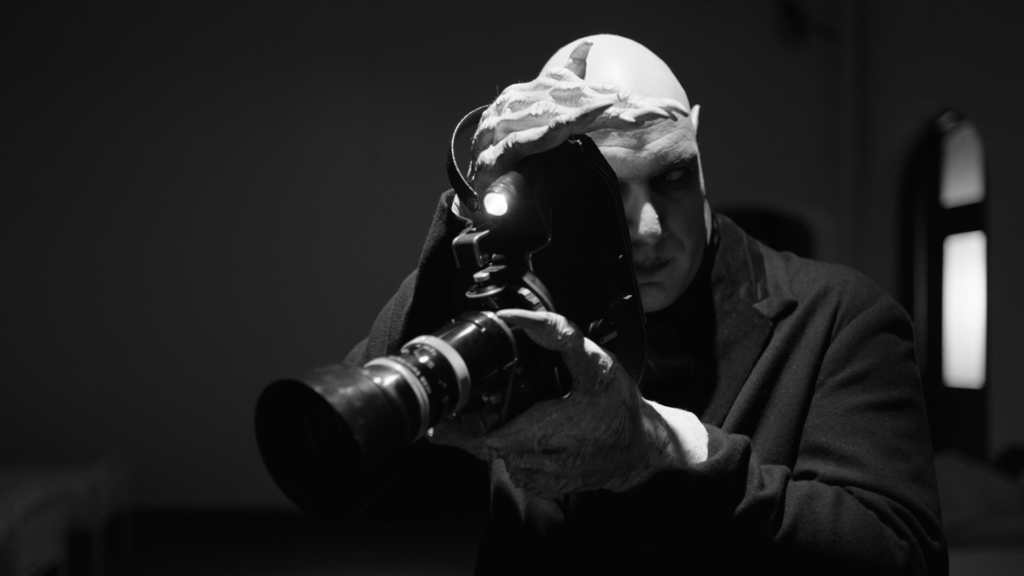
The first commission presented was NOSFERATU (The Undead) by Javier Téllez (Venezuela, b. 1969). The 33-minute film is focused on cinema and mental illness and was inspired by the 1922 expressionist silent horror film Nosferatu, eine Symphonie des Grauens. It combines black-and-white 16mm and color digital film and was shot at the Eastman Kodak factory, the George Eastman Museum’s Dryden Theatre, and the Main Street Armory.
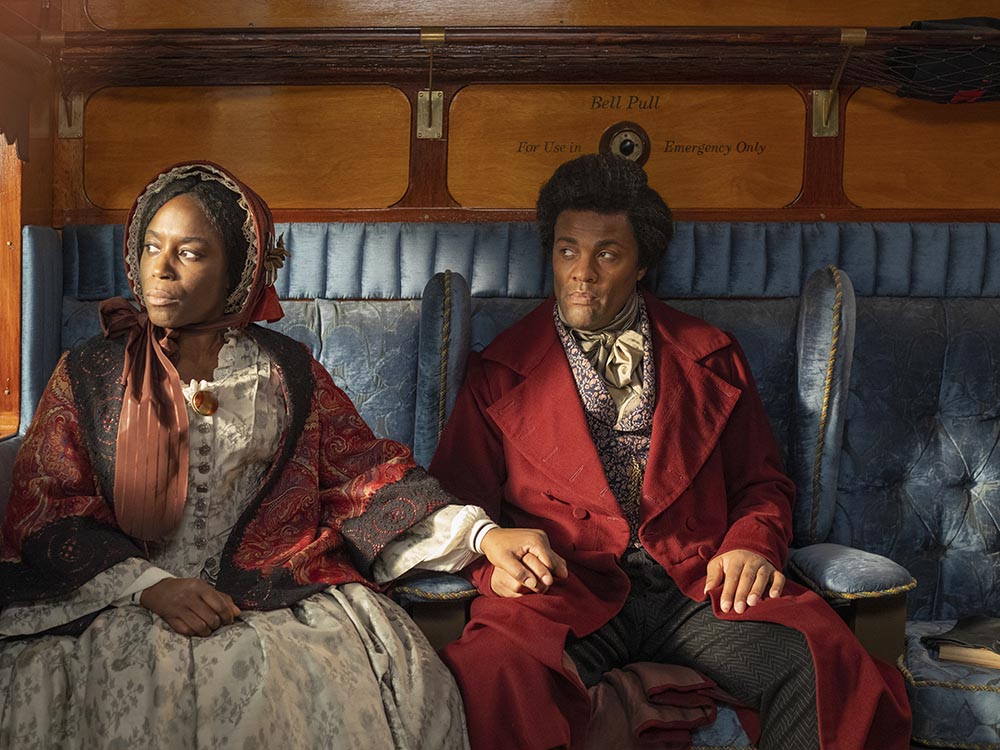
The second was Lessons of the Hour—Frederick Douglass by Isaac Julien (American, b.1960), which featured a 10-screen installation inspired by episodes in the life of Frederick Douglass (1818–1895) and the issues of social justice that shaped his life’s work.
While “Reflections on Place” was initially envisioned as a series of three commissions, MAG concluded the series with Isaac Julien’s Lessons of the Hour—Frederick Douglass. This series of media art commissions was made possible with support from the Zell Family, and Deborah Ronnen and Sherman Levey.
John G. Hanhardt
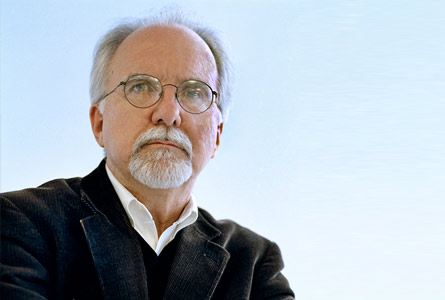
John G. Hanhardt was MAG’s Consulting Senior Curator of Media Arts from 2016 to 2019. Hanhardt began his museum career in the department of film and video at the Museum of Modern Art in New York City and went to the Walker Art Center in Minneapolis to establish its film program and film study collection. From 1974 to 1996, he was the curator and head of the film and video department at the Whitney Museum of American Art. After that, he was the senior curator of film and media arts at the Solomon R. Guggenheim Museum from 1996 to 2006. He joined the Smithsonian American Art Museum’s staff in 2006 and was a consulting senior curator of film and media arts there until 2016. As a native of Rochester and University of Rochester alum, Hanhardt was inspired by photography, film, and media arts during frequent visits to the George Eastman Museum and by the programming of the Visual Studies Workshop.


